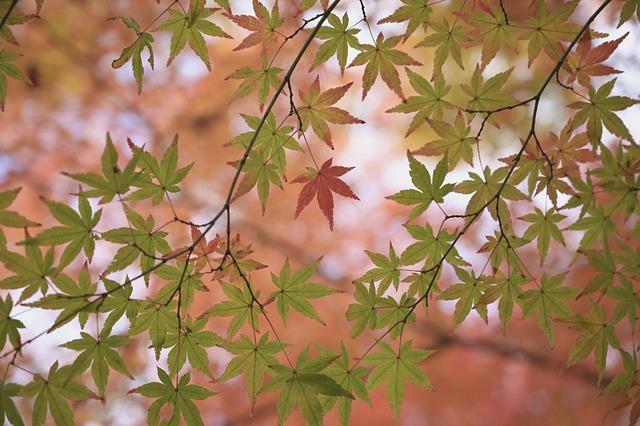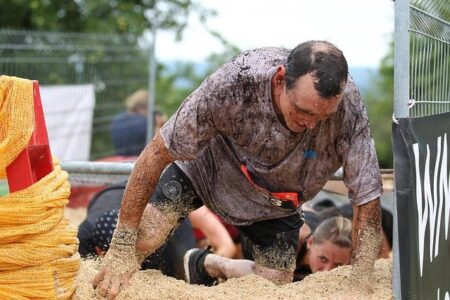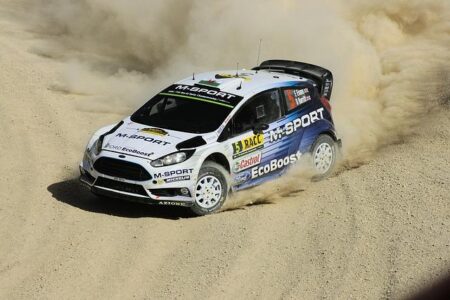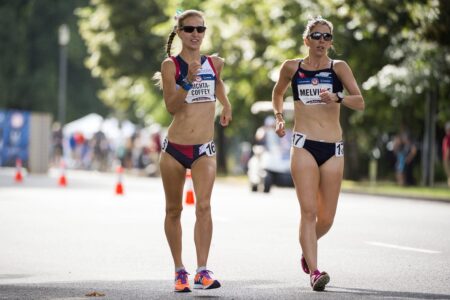Introduction:
The world of athletics is often marked by rapid evolution, with innovations in equipment and training strategies transforming how athletes compete. In recent years, one such innovation has been the rise of thick-soled footwear, which has gained popularity among runners for its purported benefits in cushioning and energy return. However, within the realm of race walking—a sport deeply rooted in tradition—Japanese athletes and coaches have exhibited a more cautious approach toward adopting this latest trend.As race walkers prepare for international competitions, the hesitant embrace of these modern shoes raises questions about balancing innovation with the time-honored techniques that define their sport. This article explores the reasons behind Japan’s reticence, the implications for performance, and the ongoing dialog within the sport regarding the intersection of tradition and technological advancement.
Impact of Thick-Soled Shoes on Race Walking Performance
The adoption of thick-soled shoes in race walking has sparked debate among athletes and coaches regarding their impact on performance. Proponents argue that these shoes provide enhanced cushioning and energy return, potentially allowing for faster times and reduced fatigue over long distances. Though, critics emphasize that the very nature of race walking, with its specific technique and rules, may not harmonize well with the characteristics of these shoes.
- Cushioning: Thick soles offer superior shock absorption, which can reduce the risk of injury and lessen the strain on joints during intense training and competition.
- Energy Return: Innovations in materials can help propel walkers forward, potentially leading to improved speeds.
- Technique Disruption: Thicker soles may alter a walker’s gait, impacting balance and stability, which are crucial to maintaining the distinct race walking style.
Moreover, there is a cultural aspect to consider, especially in Japan, were traditional training methods and shoe preferences still hold considerable sway. Many athletes express hesitance in fully transitioning to thick-soled shoes, which they perceive as a departure from established norms that emphasize foot feel and direct ground contact. This reluctance raises questions about how innovation in shoe technology aligns—or conflicts—with a sport deeply rooted in tradition.
| pros | Cons |
|---|---|
| Enhanced cushioning | Potential for gait disruption |
| Improved energy efficiency | Risk of losing technique accuracy |
| reduced injury rates | Resistance to change among athletes |
In the ongoing discussions surrounding this footwear evolution, it remains to be seen how Japanese race walkers will ultimately balance the benefits of thick-soled shoes with the traditional values of their sport. The interplay of innovation and heritage will play a crucial role in shaping the future of race walking performance in Japan and beyond.
Cultural Resistance: Understanding Tradition in Japanese Athletics
In the world of athletics, where innovation frequently enough meets tradition, Japan’s race walkers find themselves at a unique crossroads.The introduction of thick-soled shoes has been met with skepticism,as many athletes and coaches are hesitant to abandon the time-honored practices that have shaped their discipline. This resistance to change is deeply rooted in cultural values that place a high emphasis on perseverance, technique, and the spirit of competition.
This reluctance can be traced back to several key factors:
- Cultural Heritage: Japanese athletics are steeped in a rich history that celebrates traditional methods,emphasizing fundamental skills over technological advancement.
- National Identity: Performance substantially ties to national pride; a shift in footwear could symbolize a departure from the rigorous training methods that have produced formidable competitors over decades.
- Technique-Oriented Training: Coaches prioritize the precise mechanics of walking, and there is a fear that new shoe technology could disrupt the fine-tuned practices that maximize efficiency and performance.
Within this context, many athletes express a preference for lighter, traditional footwear, believing it allows them to maintain control and adhere to the established techniques that define japanese race walking. Yet, they also acknowledge the potential benefits of new technology, illustrating a tension between respect for tradition and openness to innovation. As discussions around performance-enhancing equipment evolve, the future of race walking in Japan may very well depend on finding a balance between these conflicting values.
| Traditional Footwear | Thick-Soled Shoes |
|---|---|
| Lightweight and flexible | Enhanced cushioning |
| Promotes traditional techniques | May reduce impact injuries |
| Connection to cultural heritage | Contemporary performance technology |
Expert Opinions: Balancing Footwear innovation with Technique
As the world of athletics continuously evolves, the introduction of new technologies in footwear, notably the thick-soled shoes, has ignited a debate among athletes and coaches, especially in the realm of race walking. Experts highlight the importance of balancing innovation with traditional techniques that have defined the sport. While these advanced designs promise enhanced comfort and energy return, they also pose questions regarding the integrity of race walking’s unique biomechanical requirements.
Key considerations in this debate include:
- Biomechanics: The thick-soled shoes can alter the way an athlete’s foot strikes the ground, potentially influencing stride efficiency.
- Injury Prevention: with improved cushioning,there’s a possibility these shoes could reduce impact stress,but there’s a fear of becoming overly reliant on them.
- Technique Preservation: race walking relies heavily on form and technique; any deviation could compromise performance, irrespective of footwear advancements.
Experts note that while the initial reluctance among Japanese race walkers to adopt these new shoes is understandable, a hybrid approach may be necessary. Transitioning from traditional footwear to more innovative designs should be aligned with rigorous training that emphasizes core techniques and stability. This ensures that athletes can reap the benefits of innovation while still honoring the fundamental aspects of race walking.
Comparison of Footwear Attributes:
| footwear type | Cushioning | Weight | Support |
|---|---|---|---|
| Traditional Race Walking Shoes | Moderate | Lightweight | High |
| Thick-Soled Shoes | High | Heavy | Variable |
This analysis underscores the necessity for race walkers to remain critical consumers of footwear options, ensuring that their choices complement their training while preserving the essence of the sport.
Recommendations for Athletes: Navigating the Transition to Modern Gear
As athletes make the shift towards modern footwear options, several key recommendations can definitely help ease the transition while maximizing performance and comfort. Embracing technology in sport isn’t merely about aesthetics; it’s fundamentally about enhancing the athlete’s capabilities and ensuring longevity in their discipline. Here are essential considerations to keep in mind:
- Understand the Benefits: Modern thick-soled shoes frequently enough feature advanced materials like EVA foam and carbon fiber plates that provide improved cushioning and energy return. It’s crucial for athletes to thoroughly research these benefits and how they might translate to performance gains.
- Gradual Adaptation: Switching too quickly to new shoes can lead to injuries.Athletes should gradually incorporate modern gear into their training regimen, starting with shorter sessions to allow their bodies to adjust.
- Seek Expert Advice: Consulting with coaches, medical professionals, or footwear specialists can provide insights tailored specifically to an individual’s needs. Custom fitting may also help in selecting the right shoe for their biomechanics.
- Prioritize Testing: Athletes should take the time to test different models of thick-soled shoes. Doing so in various conditions—like on the track,on different surfaces,and during different types of workouts—can definitely help determine the best fit and performance characteristics.
To provide clarity on how various shoe models compare, here’s a simplified table of popular thick-soled race walking shoes currently on the market. This highlights key attributes like weight, cushioning level, and intended use:
| Model | Weight (grams) | Cushioning Level | Use Case |
|---|---|---|---|
| Model A | 230 | High | Training |
| Model B | 210 | Medium | Competition |
| Model C | 240 | Very High | Endurance Events |
navigating the transition to modern gear requires a combination of education, patience, and adaptability. By embracing these recommendations, athletes can improve their race walking experience and performance while mitigating the risks associated with switching footwear styles.
Wrapping Up
the cautious approach of Japanese race walkers towards thick-soled shoes highlights a nuanced intersection between tradition and innovation in the sport. While advancements in footwear technology promise enhanced performance and injury prevention,the deep-rooted cultural reverence for established techniques has created hesitance among athletes and coaches alike. As discussions within the community evolve,it will be intriguing to observe whether this reluctance will give way to broader acceptance of modern design or if the commitment to time-honored practices will prevail. Ultimately, the future of Japanese race walking may hinge on finding a balance that respects its rich heritage while embracing the potential benefits of scientific progress.





